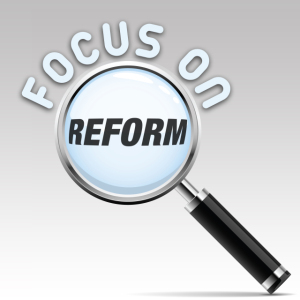by
Astrid Fiano, DOTmed News Writer | July 29, 2010

DOTmed's series zooms in
on new measures
As the implementation of the Affordable Care Act continues to unfold, much of the effort involves the government health programs of Medicare and Medicaid. Some Medicaid provisions have already taken place, but there are plenty more changes and expansion to come. Here's a look at some of the Medicaid provisions that will continue in 2011 and beyond.
Health homes for enrollees with chronic conditions
In 2011, the law allows for a new Medicaid state plan option to provide medical assistance for eligible individuals with chronic conditions to select a designated provider or health team as the individual's health home, and providing the person with health home services. During the first two years the state plan amendment is in effect, the federal medical assistance percentage for these services will be 90 percent.
An eligible individual is one who has at least two chronic conditions or has one and is at risk of having a second, or has a serious and persistent mental health condition. Chronic conditions can include substance use disorder, asthma, diabetes, heart disease, obesity and others. The services available for funding include comprehensive care management; care coordination and health promotion; comprehensive transitional care; patient and family support; referral to community and social support services; and use of health information technology to link services.
State Balancing Incentive Program
Enhanced federal matching payments will be available for balancing incentive payment states-those in which less than 50 percent of the total Medicaid payments for long-term services and supports are for non-institutionally-based services and supports. The enhanced federal matching payments would be for increasing non-institutionally based long-term care services. The balancing incentive period begins on October 1, 2011, and ends in 2015.
Community First Choice Option
Beginning October 1, 2011, a state may provide, through a state plan amendment, medical assistance for home and community-based attendant services and supports for eligible individuals whose income does not exceed 150 percent of the poverty line. The services are to assist in accomplishing activities of daily living and health-related tasks through hands-on assistance and supervision in a home or community setting. The services may also include enhancement of skills necessary to accomplish activities of daily living and health-related tasks; back-up systems or mechanisms (such as beepers or other electronic devices) to ensure continuity of services and supports; and voluntary training on how to select, manage, and dismiss attendants.
